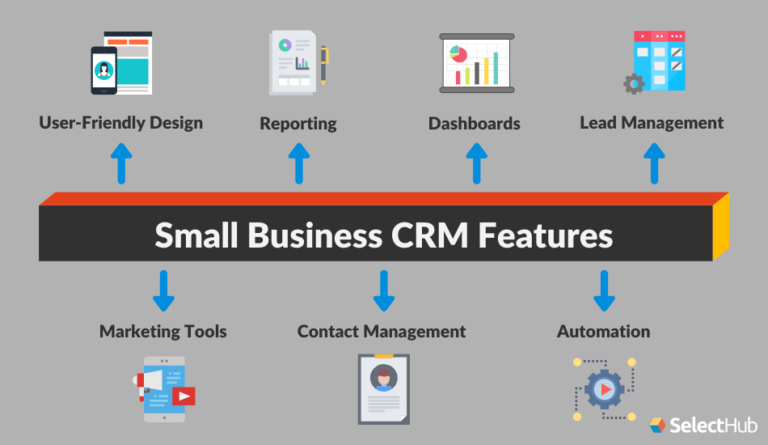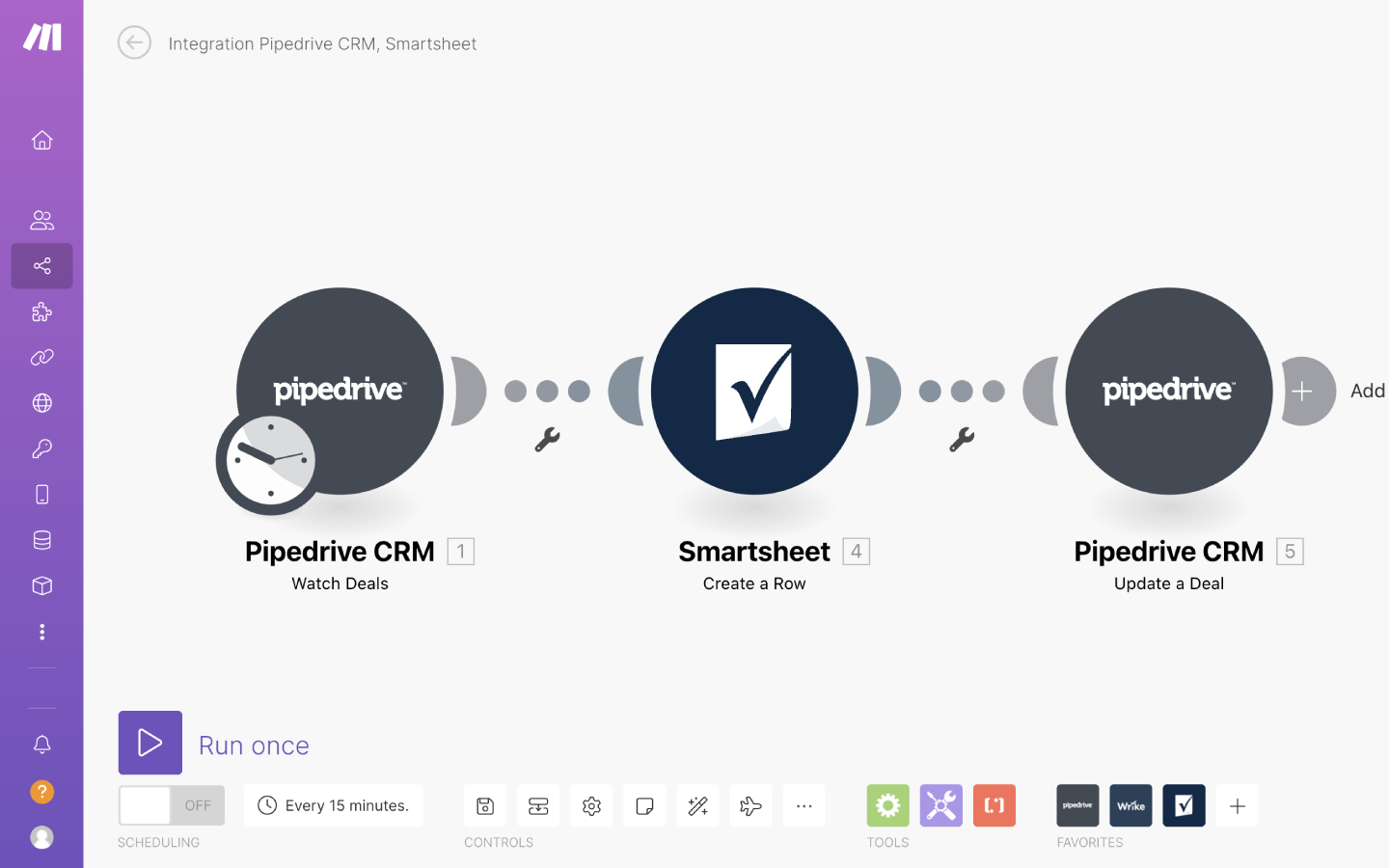
Small Business CRM Setup: Your Complete Guide to Customer Relationship Mastery
Unlock the power of customer relationships with this comprehensive guide to setting up a CRM for your small business. From choosing the right software to customizing it for your needs, we’ll walk you through every step.
Why Your Small Business Needs a CRM
In the fast-paced world of business, staying ahead means building strong relationships. And that’s where a Customer Relationship Management (CRM) system comes in. It’s more than just a fancy piece of software; it’s the backbone of your customer-centric strategy. For a small business, a CRM can be a game-changer, helping you to:
- Organize and Centralize Customer Data: Say goodbye to scattered spreadsheets and fragmented information. A CRM keeps all your customer interactions, contact details, and purchase history in one accessible place.
- Improve Customer Service: With a 360-degree view of your customers, your team can provide personalized and efficient support, leading to happier customers.
- Boost Sales: CRM tools help you track leads, manage the sales pipeline, and identify opportunities to close deals faster.
- Enhance Marketing Efforts: Segment your audience, personalize your campaigns, and track their effectiveness with the help of CRM data.
- Increase Efficiency: Automate repetitive tasks, streamline workflows, and free up your team to focus on what matters most: building relationships.
Without a CRM, small businesses often struggle to keep up with customer demands, miss out on valuable opportunities, and ultimately, lose out to competitors. It’s no longer a luxury; it’s a necessity for sustainable growth.
Choosing the Right CRM for Your Small Business
The CRM market is vast, with options ranging from simple, free tools to complex, enterprise-level platforms. Choosing the right one for your small business is crucial. Here’s how to navigate the choices:
1. Define Your Needs and Goals
Before you even start looking at software, take some time to understand what you need the CRM to do. Ask yourself:
- What are your biggest challenges? Are you struggling with lead management, customer service, or sales tracking?
- What are your goals? Do you want to increase sales, improve customer retention, or streamline your marketing efforts?
- What features are essential? Do you need email integration, sales pipeline management, or reporting capabilities?
- How many users will need access? This will affect the pricing and the type of CRM you choose.
Having a clear understanding of your needs will help you narrow down your options and choose a CRM that fits your business like a glove.
2. Consider Your Budget
CRM software comes in a variety of price points. Some are free, others offer tiered pricing based on the number of users or features, and some are custom-priced. Determine how much you’re willing to spend on a CRM, keeping in mind the potential return on investment (ROI). Free options can be great for startups or businesses with simple needs, while paid options often offer more features, support, and scalability.
3. Research Different CRM Platforms
Once you know your needs and budget, it’s time to start researching. Here are some popular CRM platforms to consider:
- HubSpot CRM: Known for its user-friendliness and generous free plan, HubSpot CRM is a great option for small businesses, especially those focused on inbound marketing.
- Zoho CRM: A versatile platform with a wide range of features and affordable pricing, Zoho CRM is suitable for businesses of all sizes.
- Salesforce Sales Cloud: A leading CRM platform, Salesforce Sales Cloud offers extensive features and customization options, but it can be more complex and expensive.
- Pipedrive: Focused on sales pipeline management, Pipedrive is a good choice for businesses that want to streamline their sales process.
- Freshsales: A sales-focused CRM with features like built-in phone and email integration.
Read reviews, compare features, and check out pricing plans to find the best fit for your business.
4. Look for Key Features
When evaluating CRM platforms, look for these essential features:
- Contact Management: The ability to store and manage contact information, including names, addresses, phone numbers, and email addresses.
- Lead Management: Tools for tracking leads, qualifying them, and nurturing them through the sales pipeline.
- Sales Automation: Features that automate repetitive tasks, such as sending emails, scheduling appointments, and updating contact records.
- Reporting and Analytics: The ability to generate reports on sales performance, customer behavior, and marketing campaign effectiveness.
- Integration: Compatibility with other tools you use, such as email marketing platforms, social media, and accounting software.
- Mobile Accessibility: Access to your CRM data and functionality on the go, via a mobile app or a mobile-friendly website.
5. Consider Ease of Use and Support
A CRM is only as good as its usability. Choose a platform that’s easy to learn and navigate, with a user-friendly interface. Also, consider the level of customer support offered by the vendor. Do they provide documentation, tutorials, and responsive customer service?
Step-by-Step Guide to Setting Up Your CRM
Once you’ve chosen your CRM platform, it’s time to get started. Here’s a step-by-step guide to setting up your CRM for success:
1. Create an Account and Choose Your Plan
Sign up for an account with your chosen CRM platform. Select the plan that best suits your needs and budget. Most platforms offer free trials, so take advantage of this to explore the features and see if it’s a good fit.
2. Configure Your Settings
Customize your CRM settings to reflect your business needs. This might include:
- Adding Users: Invite your team members and assign them appropriate roles and permissions.
- Setting Up Integrations: Connect your CRM to other tools you use, such as email marketing platforms, social media accounts, and accounting software.
- Customizing Branding: Add your company logo and customize the color scheme to align with your brand.
3. Import Your Data
Import your existing customer data into the CRM. This might involve importing a CSV file from a spreadsheet or connecting to another database. Make sure your data is clean and well-organized before importing it to avoid errors.
4. Customize Your CRM
Tailor your CRM to your specific business processes. This might include:
- Creating Custom Fields: Add custom fields to capture specific information about your customers, such as industry, product preferences, or lead source.
- Customizing the Sales Pipeline: Define your sales stages and customize the pipeline to match your sales process.
- Setting Up Automation Rules: Automate repetitive tasks, such as sending follow-up emails or updating contact records.
5. Train Your Team
Provide training to your team on how to use the CRM. This should include:
- Navigating the Interface: Show them how to navigate the CRM and access different features.
- Entering and Updating Data: Teach them how to enter and update customer information accurately.
- Using the Sales Pipeline: Explain how to use the sales pipeline to track leads and manage deals.
- Generating Reports: Show them how to generate reports and analyze data.
Make sure your team feels comfortable using the CRM and knows how to leverage its features to their advantage.
6. Test and Refine
Once your CRM is set up, test it thoroughly to ensure everything is working as expected. Identify any issues or areas for improvement and make adjustments as needed. Regularly review your CRM setup and refine it to optimize your processes and improve your results.
Best Practices for CRM Implementation
Setting up a CRM is just the first step. Here are some best practices to ensure your CRM implementation is successful:
1. Start Small and Scale Up
Don’t try to implement everything at once. Start with a few key features and gradually add more as your team becomes comfortable with the system. This will help you avoid overwhelming your team and ensure a smooth transition.
2. Focus on Data Quality
The accuracy of your data is critical to the success of your CRM. Regularly clean and update your data to ensure it’s accurate and up-to-date. This will help you avoid errors, improve your reporting, and make better decisions.
3. Encourage User Adoption
The success of your CRM depends on user adoption. Make sure your team understands the benefits of using the CRM and provide ongoing training and support. Encourage them to use the system regularly and provide feedback.
4. Integrate with Other Tools
Integrate your CRM with other tools you use, such as email marketing platforms, social media, and accounting software. This will streamline your workflows and provide a more complete view of your customers.
5. Analyze and Optimize
Regularly analyze your CRM data to identify areas for improvement. Track key metrics, such as sales performance, customer retention, and marketing campaign effectiveness. Use this data to optimize your processes and improve your results.
6. Provide Ongoing Training and Support
CRM is not a set-it-and-forget-it system. Provide ongoing training and support to your team to ensure they’re using the system effectively. This will help them stay up-to-date on the latest features and best practices.
7. Regularly Review and Update
Your business needs will evolve over time. Regularly review your CRM setup and make adjustments as needed. This might include adding new features, customizing your processes, or updating your data.
Troubleshooting Common CRM Issues
Even with careful planning, you might encounter some common CRM issues. Here’s how to troubleshoot them:
1. Data Entry Errors
Inaccurate data can lead to poor decision-making and missed opportunities. To address data entry errors:
- Implement data validation rules: Set up rules to ensure data is entered in the correct format.
- Provide training on data entry best practices: Make sure your team knows how to enter data accurately.
- Regularly audit your data: Identify and correct any errors.
2. Low User Adoption
If your team isn’t using the CRM, you won’t see the benefits. To improve user adoption:
- Provide adequate training: Ensure your team understands how to use the CRM.
- Highlight the benefits: Show them how the CRM can help them.
- Get feedback and make improvements: Address any concerns or issues they have.
3. Integration Issues
If your CRM isn’t integrating with other tools, you’ll have to manually transfer data. To resolve integration issues:
- Verify the integration settings: Make sure the settings are configured correctly.
- Check for compatibility issues: Ensure the tools are compatible with your CRM.
- Contact the vendor for support: Get help from the vendor if you’re having trouble.
4. Slow Performance
Slow performance can frustrate users and hinder productivity. To improve performance:
- Optimize your data: Clean up your data and remove unnecessary information.
- Upgrade your hardware: If necessary, upgrade your hardware to improve performance.
- Contact the vendor for support: Get help from the vendor if you’re experiencing performance issues.
5. Lack of Reporting
Without reports, you can’t track your progress or make informed decisions. To improve reporting:
- Customize your reports: Create reports that provide the information you need.
- Automate report generation: Schedule reports to be generated automatically.
- Analyze your reports regularly: Use the data to make better decisions.
Maximizing Your CRM Investment
Investing in a CRM is a significant step for any small business. To ensure you get the most out of your investment, remember these key points:
- Focus on Customer Relationships: At its core, a CRM is about building and nurturing customer relationships. Use the system to understand your customers, personalize your interactions, and provide exceptional service.
- Embrace Automation: Automate repetitive tasks to free up your team’s time and improve efficiency.
- Stay Updated: The CRM landscape is constantly evolving. Stay informed about the latest features and best practices to maximize your investment.
- Seek Expert Advice: Don’t hesitate to seek help from CRM experts or consultants if you need it. They can provide valuable insights and guidance.
- Be Patient: It takes time to fully implement a CRM and see the results. Be patient, persistent, and keep refining your processes.
By following these tips, you can transform your customer relationships, boost sales, and drive sustainable growth for your small business.


